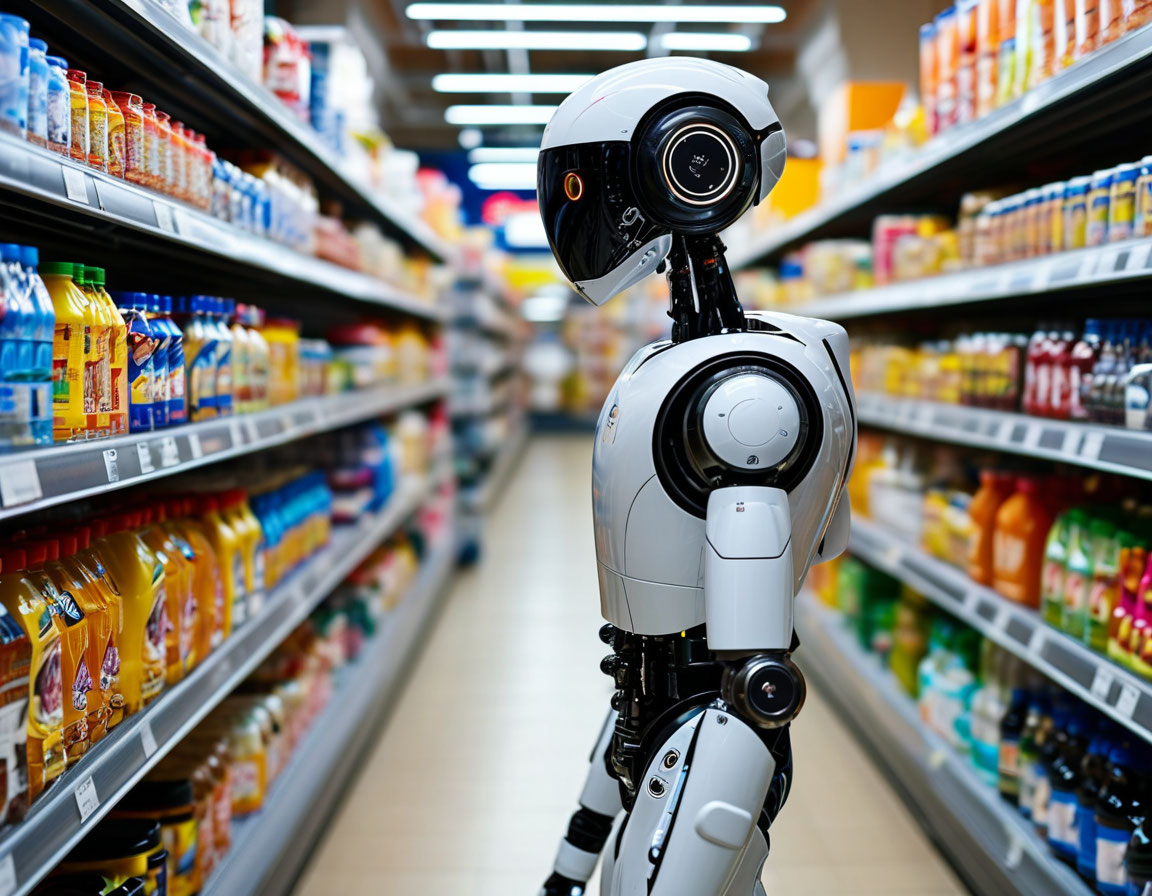
The retail landscape is at a crossroads. As consumer expectations soar and labor challenges persist, a critical question emerges: Can robots solve what humans simply can’t scale? The answer may lie in Nvidia’s groundbreaking robotics initiatives, reigniting a revolution that began years ago—but was derailed by an unexpected disruptor: the pandemic.
The Problem: Precision Meets Pressure
Retail’s Achilles’ heel has long been *inventory accuracy, operational efficiency, and 24/7 consistency. Humans excel at customer interaction, but repetitive tasks like restocking, shelf auditing, and real-time data collection often lead to errors, burnout, and rising costs. Enter *autonomous robots—designed to handle these tasks with surgical precision, freeing staff to focus on what truly matters: the customer.
The Pioneers: A Dream Deferred
Before COVID, companies like Walmart and Amazon led the charge. Walmart famously partnered with Bossa Nova Robotics, deploying shelf-scanning robots to track inventory in real time. These machines roamed aisles, identifying gaps and pricing errors, promising a leap toward the “perfect store.” But the dream hit a wall: Walmart abruptly ended the partnership in 2020, and Bossa Nova, reliant on the retail giant, shuttered operations shortly after.
Lessons learned?
• Scalability ≠ sustainability: Early robots struggled with ROI and adaptability.
• Over-reliance on single clients can be fatal.
• The pandemic accelerated retail’s pivot to survival mode, freezing ambitious tech experiments.
Amazon, meanwhile, doubled down on warehouse automation, proving that some robotics could thrive—but the path was far from smooth.
2025: The Perfect Storm for a Robotic Renaissance
Fast-forward to today. Nvidia’s AI-driven robotics platforms (think Omniverse simulations and Isaac robotics tools) are enabling smarter, faster, and more adaptable machines. These solutions learn from past failures: they’re cheaper, more flexible, and designed to integrate with—not replace—human workflows.
Paired with post-COVID realities—chronic labor gaps, demand for omnichannel agility, and tighter margins—the conditions for a retail robotics reboot have never been better.
Will This Finally Unlock the “Perfect Store”?
Imagine stores where robots:
– Auto-restock shelves before items run out.
– Generate real-time analytics to predict trends.
– Seamlessly blend with human teams to elevate service.
But the ghosts of Bossa Nova linger: Can this generation of robots avoid the pitfalls of their predecessors?
What do YOU think?
1. Is the “Walmart-Bossa Nova saga” a cautionary tale or a stepping stone for future tech?
2. Will AI-driven robots finally crack the code of the “perfect store,” or are we chasing a sci-fi fantasy?
P.S. If Philip K. Dick were alive today, he might write: “Do algorithms dream of optimized supply chains?”

